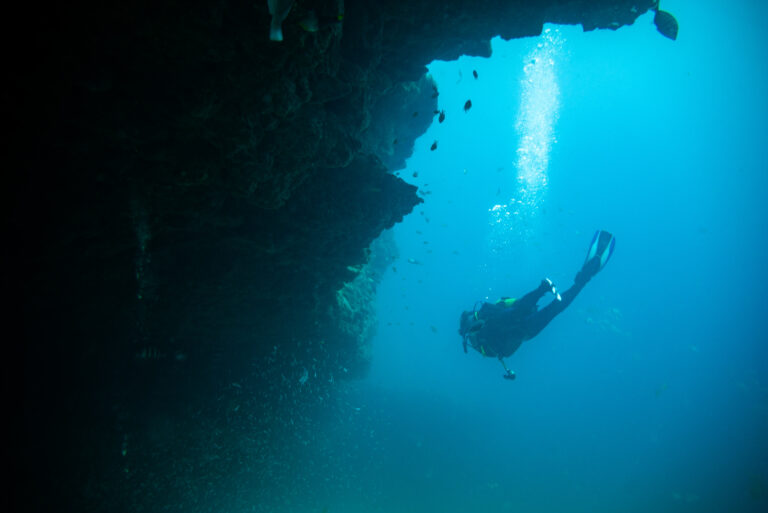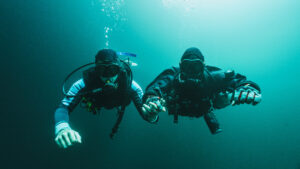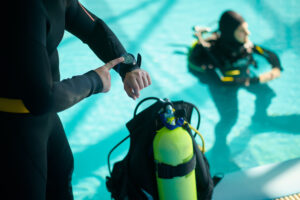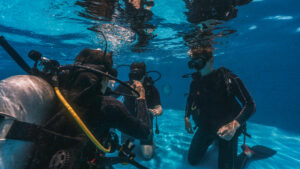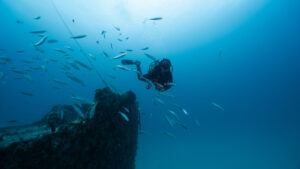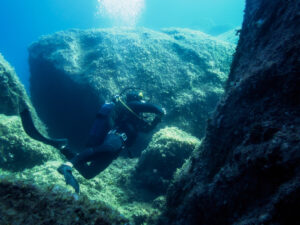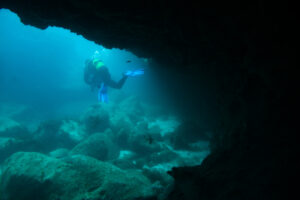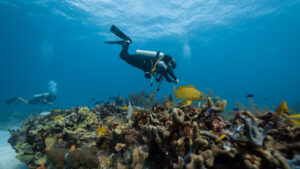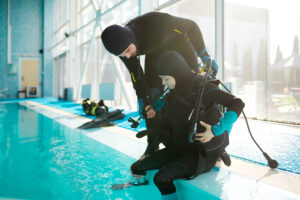What is Oxygen Therapy for Scuba Divers?
Oxygen therapy is a medical treatment that involves breathing pure oxygen or a gas mixture containing more than 21% oxygen. This method has been proven beneficial for various medical conditions and emergencies, such as decompression sickness, carbon monoxide poisoning, and hypoxia. In the context of scuba diving, oxygen therapy plays a vital role in promoting diver safety and ensuring a swift recovery from diving-related incidents.
History of Oxygen Therapy in Scuba Diving
The application of oxygen therapy in scuba diving dates back to the early 20th century, when researchers began to understand the physiological effects of breathing high concentrations of oxygen. Dr. J.S. Haldane, a pioneering physiologist, conducted experiments on the impact of oxygen on the human body and laid the groundwork for modern diving medicine. With continued advancements in diving technology and medical knowledge, oxygen therapy has become a standard practice in treating diving-related conditions.
Applications in Scuba Diving
- Decompression Sickness (DCS) Decompression sickness, also known as “the bends,” occurs when nitrogen bubbles form in the bloodstream and tissues due to rapid ascent or inadequate decompression. Symptoms can range from mild joint pain to severe neurological impairment. Oxygen therapy is a primary treatment for DCS, as it accelerates the elimination of nitrogen bubbles from the body and reduces the risk of permanent damage.
- Arterial Gas Embolism (AGE) Arterial gas embolism is a life-threatening condition caused by gas bubbles entering the bloodstream, usually as a result of rapid ascent or breath-holding. These bubbles can obstruct blood flow, leading to organ damage or even death. Oxygen therapy is essential in AGE treatment, as it helps to reduce the size of gas bubbles and restore normal blood flow.
- Carbon Monoxide Poisoning Carbon monoxide (CO) is a colorless, odorless gas that can be produced by malfunctioning air compressors or contaminated air fills. CO poisoning can lead to symptoms such as headache, dizziness, and unconsciousness. Oxygen therapy is crucial in treating CO poisoning, as it displaces the CO molecules from hemoglobin, allowing the body to return to normal oxygen-carrying capacity.
- Hypoxia Hypoxia is a state in which the body’s tissues do not receive adequate oxygen supply. In scuba diving, it can result from diving at high altitudes, breathing gas mixtures with low oxygen content, or experiencing equipment failure. Oxygen therapy can quickly alleviate hypoxia symptoms and help restore proper oxygen levels.
Methods of Oxygen Therapy Administration
- Normobaric Oxygen Therapy Normobaric oxygen therapy is the administration of oxygen at sea level pressure. This method is the most common form of oxygen therapy in scuba diving and is typically delivered through a mask or mouthpiece. Normobaric oxygen therapy can be administered in various concentrations, such as 100% oxygen or enriched air nitrox mixtures containing 22-99% oxygen.
- Hyperbaric Oxygen Therapy (HBOT) Hyperbaric oxygen therapy involves the administration of 100% oxygen within a pressurized chamber, typically at pressures above sea level. HBOT is used for severe cases of decompression sickness or arterial gas embolism, as it accelerates the elimination of gas bubbles and promotes healing by increasing oxygen delivery to affected tissues.
Precautions and Contraindications
Although oxygen therapy is a vital tool in scuba diving medicine, it is not without risks. Oxygen toxicity can occur when divers breathe high concentrations of oxygen for extended periods, leading to symptoms such as visual disturbances, seizures, and respiratory distress. Proper training and adherence to safety protocols are essential to minimize these risks. Additionally, oxygen therapy should be administered
cautiously to individuals with certain medical conditions, such as chronic obstructive pulmonary disease (COPD), certain types of pneumonia, or a history of spontaneous pneumothorax, as it may exacerbate these conditions.
Oxygen Therapy Equipment for Scuba Divers
Dive operators and recreational divers should be equipped with appropriate oxygen therapy equipment to handle diving emergencies. Common components include:
- Oxygen Cylinders Oxygen cylinders store high-pressure oxygen and are available in various sizes, depending on the needs of the diver or dive operation. They should be clearly marked as “medical oxygen” or “emergency oxygen” and regularly inspected for damage and leaks.
- Oxygen Delivery Devices Oxygen can be delivered through a variety of devices, including demand valves, non-rebreather masks, and oronasal masks. The choice of device depends on the severity of the condition and the patient’s level of consciousness. Demand valves are preferred for conscious patients, as they deliver high concentrations of oxygen with minimal waste.
- Pressure Regulators Pressure regulators are necessary to reduce the high pressure from the oxygen cylinder to a safe and manageable level for the patient. They should be specifically designed for use with oxygen to prevent combustion risks.
- Pulse Oximeters Pulse oximeters are non-invasive devices that measure blood oxygen saturation levels. They can be useful in monitoring the effectiveness of oxygen therapy and identifying any changes in the patient’s condition.
Training and Certification
To safely and effectively administer oxygen therapy, scuba divers and dive professionals should complete specialized training courses offered by recognized diving organizations, such as PADI, NAUI, and DAN. These courses typically cover the principles of oxygen therapy, equipment setup and operation, and emergency protocols for diving-related illnesses and injuries.
Key Takeaways
Oxygen therapy is an invaluable treatment for various diving-related conditions and emergencies. With proper training and equipment, scuba divers and dive professionals can ensure a safer diving experience and be better prepared to handle medical incidents that may arise. As diving continues to grow in popularity, the importance of understanding and implementing oxygen therapy cannot be overstated.

